2 mins read


I was 26 in the summer of 1997, and by then, I had pivoted away from the rigid confines of engineering to the artistic promise of computer graphics. That year at SIGGRAPH in sunny Los Angeles, CA, there was a sense of anticipation, a quiet thrill among those of us drawn to the bleeding edge of technology.
There I was, standing in front of the Cyberware full-body scanner, a machine that looked like something out of a science fiction movie. It was beyond cool. It was a glimpse into what was possible. With its bright orange and teal structure, the scanner wasn't just a tool but a symbol of everything we were striving for. At $410,000, it was an investment in the future, a technology that promised to change how we worked and created.
I wanted to align myself with this machine, this marvel that could capture every detail of the human form with an almost unimaginable precision. Back then, modeling tools were primitive, clunky, and time-consuming. Creating a 3D model of a complex object was a labor of love, a painstaking process that required patience and skill. But this scanner could do in seconds what would take an artist weeks, even months. Using a machine that could capture the entirety of a person or complex large object was like having a superpower. It made the impossible possible, the unattainable suddenly within reach. It was, in every sense of the word, revolutionary.
Yet, like all things, our imagined future didn't unfold exactly as we expected. Cyberware, with all its innovation, eventually became a relic overtaken by newer, cheaper, and more versatile technologies. The scanner that had once been the star of SIGGRAPH became a piece of history, remembered fondly by those of us who were there but largely forgotten by the world.
And me? The kid in the sunglasses who thought he could be as cool as the machine? I built a career in this ever-evolving world of computer graphics. I worked on films that shaped the visual landscape of a generation and contributed to technologies that pushed the boundaries of what was possible. I learned that being cool wasn't just about the technology you aligned yourself with and the passion and creativity you brought to your work. The world has changed, and so have I, but there's still a part of me that looks back on that summer in Los Angeles with a kind of wistful nostalgia, remembering the days when the future felt like something you could hold in your hands, if only for a moment.



